Knowing how to make a roux is one of the fundamental techniques of preparing sauces, casseroles, chowders, and more. It’s an incredibly versatile tool that is the base for so many delicious recipes! Whether you’re thickening a gumbo, enriching a gravy, or crafting a creamy béchamel sauce, mastering the art of roux opens the door to a world of rich, comforting flavors. In this guide, we’ll explore the three types of roux, their uses, and some expert tips on how to make them.
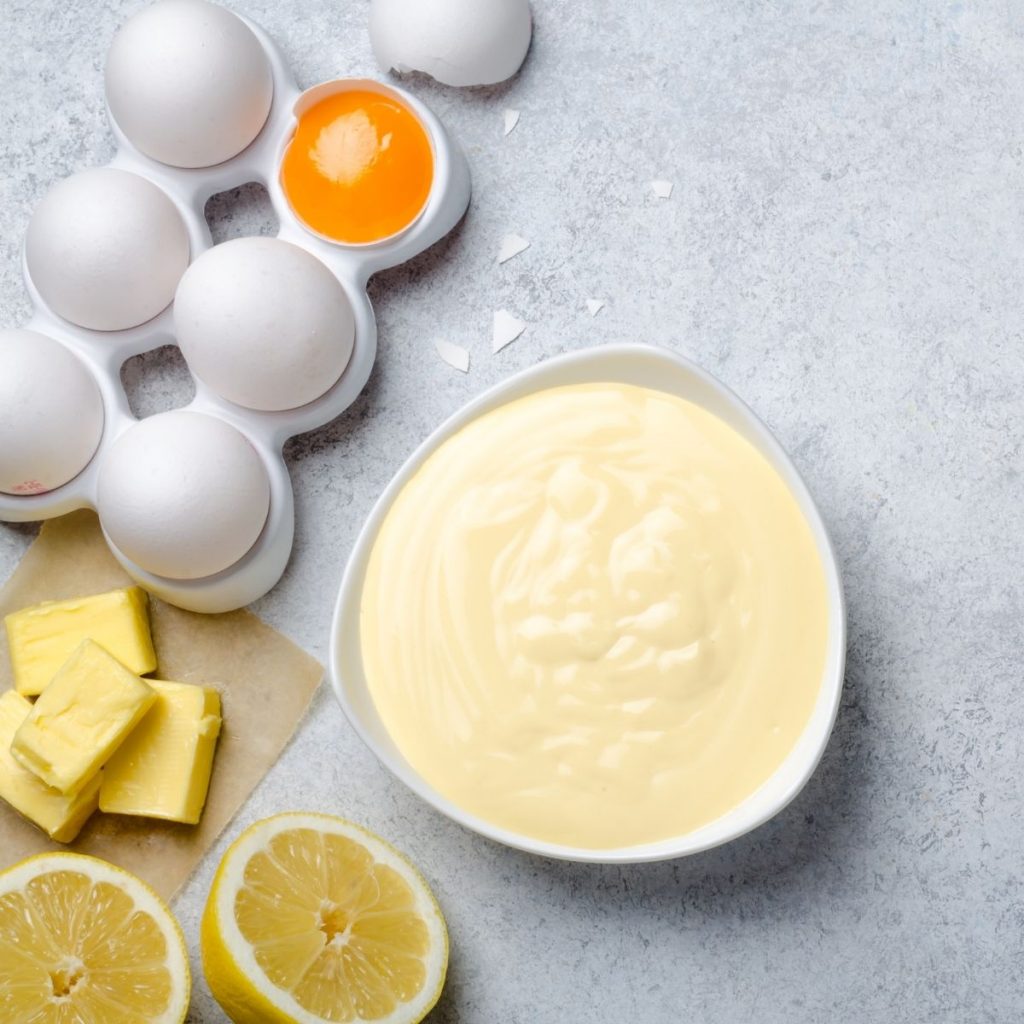
Every home cook should have a roux recipe tucked away in their back pocket! From a light roux to a dark brown roux, these are your bases for cream sauces to make gravy, macaroni and cheese, cheese sauce and more. Roux is the base of so many dishes that it is almost impossible to list them all. While it may seem intimidating if you’ve never made roux before, it’s actually quite simple, and mastering it will allow you to make dozens of different types of sauces.
What is a Roux?
At its core, roux is a simple mixture of equal parts of fat and all purpose flour cooked together to form a thickening agent for sauces, soups, and stews. Like a thick paste. Typically, butter serves as the fat of choice, though other options like vegetable oil, bacon grease, or animal fats can be used depending on the desired flavor profile.
A good roux will be smooth in texture and coat the back of a wooden spoon. You will find that the thickening power of each roux varies: a lighter roux has the most thickening power while a darker roux has the least thickening power.
A roux is the main source for four out of five “mother sauces” in cooking: bechamel, velouté, Espagnole, and tomato. Hollandaise, the fifth of the mother sauces, uses egg yolks and butter as opposed to a roux base. If you’ve ever eaten gravy, macaroni, and cheese, or gumbo, you have already tasted a roux-based dish!
3 Types of Roux
There are three different types of roux, categorized by color: white, blonde, and dark. The different colors are achieved by the length of cook time, but the ingredients will be roughly the same.
White roux
White roux is the lightest in color and flavor, cooked only until the raw flour taste dissipates. It has the strongest thickening power and is commonly used in white sauces such as béchamel or velouté, imparting a subtle richness without overwhelming other ingredients. White roux is cooked briefly, typically for just 2-3 minutes, ensuring it retains a pale hue and a light, silky texture.
As you stir in the flour to your butter (or other fat), you will notice the mixture thickens quickly. To prevent burning or darkening the roux too much, keep the stove on medium low heat while continuously whisking. As soon as the roux begins to smooth, remove it from the heat. The finished roux mixture should coat the back of a wooden spoon.
Recipes Using a White Roux:
- Green Bean Casserole
- Chicken Divan
- Seafood Mac and Cheese
- Southern-Style Mac and Cheese
- Best Oven-Baked Mac and Cheese Recipe
Blonde roux
Blonde roux is cooked slightly longer than its white counterpart, developing a golden hue and a slightly nutty flavor. It’s a versatile option, lending depth to soups, gravies, and creamy sauces without overpowering delicate ingredients. Blonde roux is cooked for around 5-7 minutes, striking a balance between flavor and thickening power.
Recipes Using a Blonde Roux:
Dark roux
Dark roux is the boldest and most intense of the three, boasting a deep brown color and a rich, complex flavor profile. Cooked for a longer duration, often 10-15 minutes or more, dark roux develops a nutty aroma and a deep caramelization that adds depth and so much flavor to dishes like gumbo and étouffée.
It’s important to note that a darker roux has less thickening power than a white or blonde roux. It’s crucial to monitor the roux closely during cooking to prevent burning and achieve the desired depth of flavor.
Recipes Using a Dark Roux:
What Fat is Good in a Roux?
While butter is the traditional choice for roux, other fats can impart unique flavors and textures to your dishes. Bacon grease adds a smoky richness, while oils like canola or vegetable provide a neutral base for flavors to shine. Animal fats such as duck, turkey, or chicken offer a robust, savory profile that pairs well with hearty Southern fare. Choose a fat with a high smoke point to prevent burning during cooking.
Can You Freeze a Roux?
Yes, you can freeze roux for future use, extending its shelf life and saving time in the kitchen. To freeze roux, simply portion it into ice cube trays and transfer to the freezer until solid. Once frozen, transfer the roux cubes to a resealable bag or container for easy storage. When ready to use, simply thaw the desired amount in the refrigerator or microwave before incorporating into your recipe.
Can You Fix a Broken Roux?
If your roux becomes lumpy or separates during cooking, fear not! Simply whisk in additional warm liquid, a little at a time, until the desired consistency is achieved. Avoid adding cold liquid, as this can cause the roux to seize up and form clumps. With patience and a gentle hand, you can salvage even the most stubborn roux.
How to Add Liquid to a Roux
When incorporating liquid into a hot roux, it’s essential to use warm or hot liquid to prevent lumps and ensure smooth incorporation. Gradually add the liquid to the roux, whisking constantly to create a smooth, homogenous sauce. Adding cold liquid can shock the roux, causing it to seize and form clumps, so be sure to heat your liquid before adding it to the mixture.
Expert Tips for Making a Roux
- Use a heavy-bottomed pan to prevent burning and ensure even cooking.
- Whisk constantly to prevent lumps and achieve a smooth texture.
- Cook roux over medium heat to control the rate of browning and avoid scorching.
- Allow roux to cool slightly before adding liquid to prevent splattering and ensure a smooth sauce.
Substitutions in Roux
The most basic roux is made from flour and butter, however, there are plenty of substitutions you can make if you eat a gluten-free or dairy-free diet, or if you simply have different ingredients on hand.
Substituting flour
To make a gluten-free roux, or if you prefer not to use flour, you can substitute it with other types of starches.
Cornstarch and arrowroot slurry are good gluten-free options, or you can use rice flour if you want a similar nutty flavor that you would get from wheat flour.
Substituting liquid
Pan drippings the most common liquid base for roux, however, most fatty liquids will work just as well. Common liquid substitutions include broth or stock, olive oil, coconut oil, milk, or even bacon grease.
If you are vegan or need a non-dairy option, vegetable stock is a great, flavorful option.
How to Make a Roux
To make a simple roux, use equal parts of butter and flour and slowly heat in a saucepan or pot on the stove over medium-low heat.
- Melt butter over medium-low heat.
- When the butter is frothy, whisk in the flour – a little at a time. Stirring constantly with a whisk.
- Continue adding the flour and whisking until a light-colored roux that is slightly “puffy” and is beginning to bubble.
- Continue cooking to desired color or until recipe indicates.
A white roux will take less than five minutes, while a darker roux might need to cook for up to twenty minutes. Make sure to stir or whisk it continually so that it does not burn.
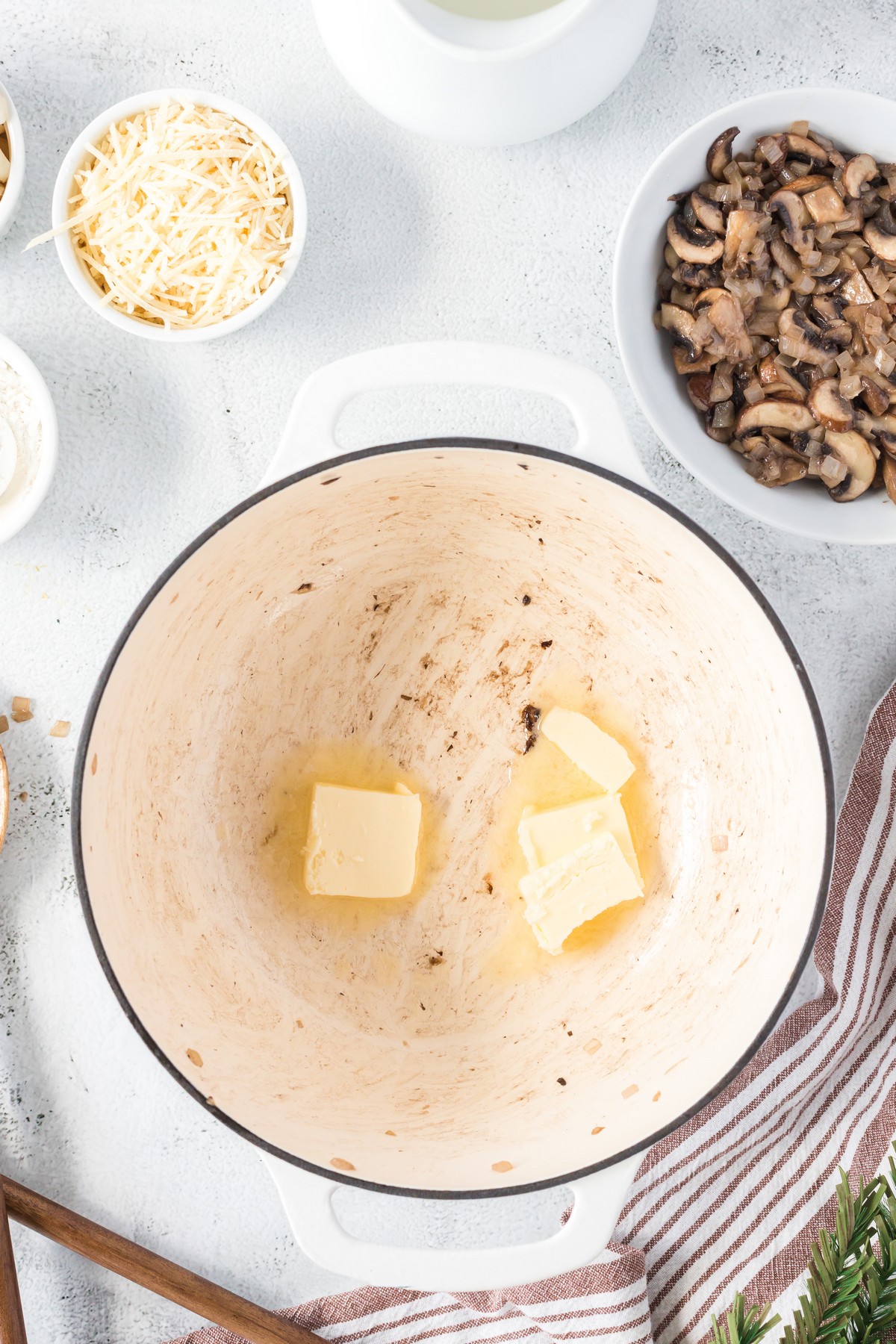
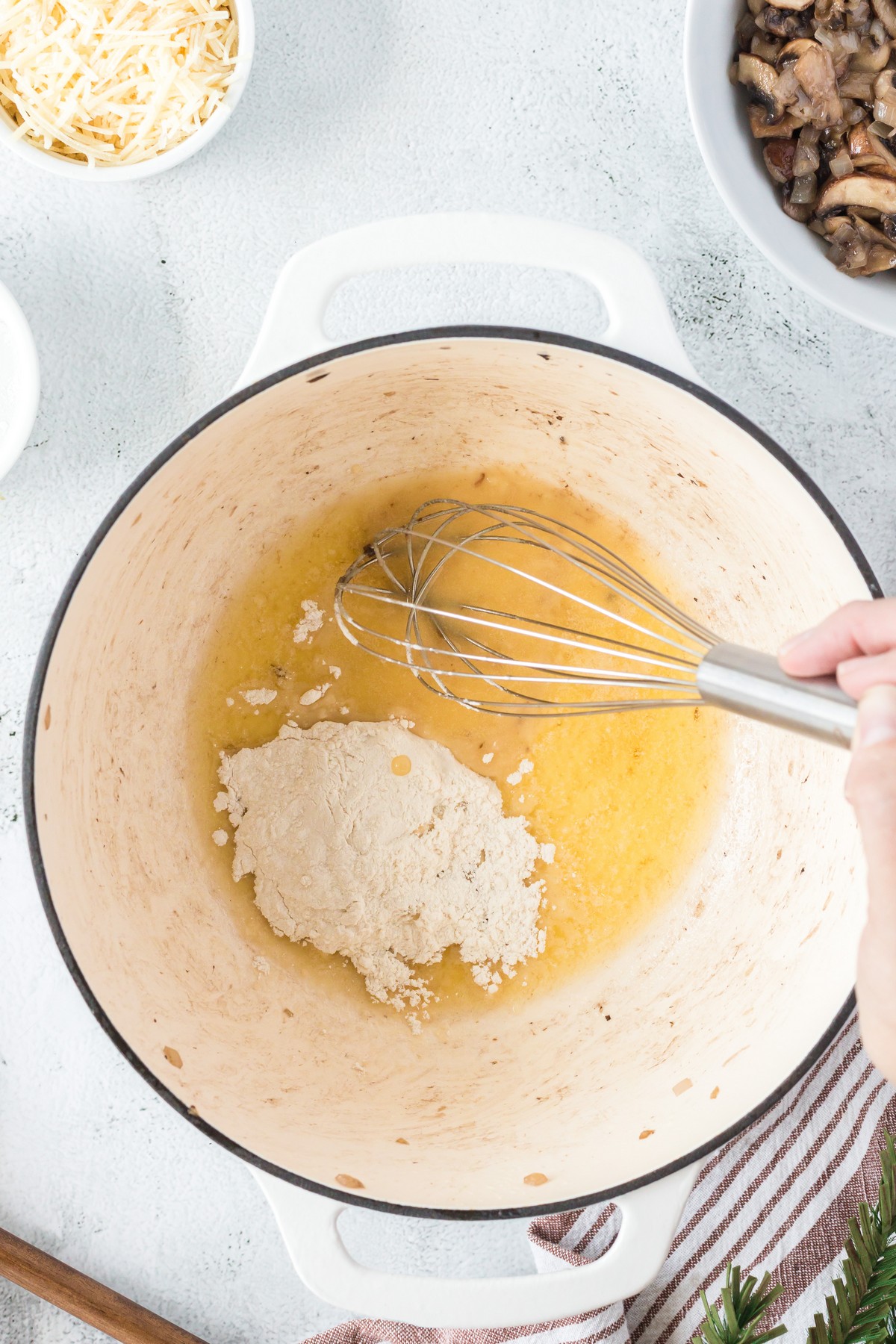
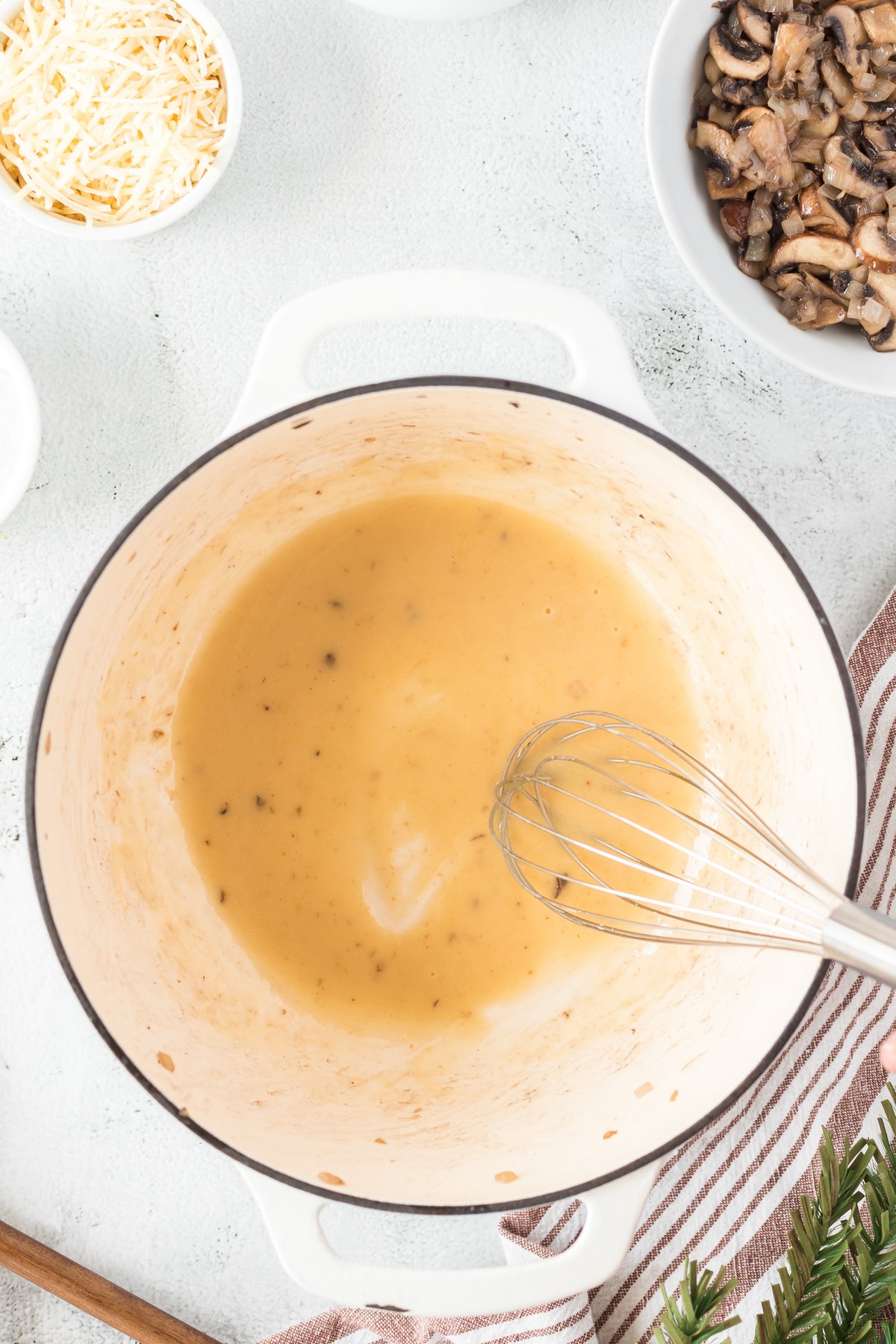
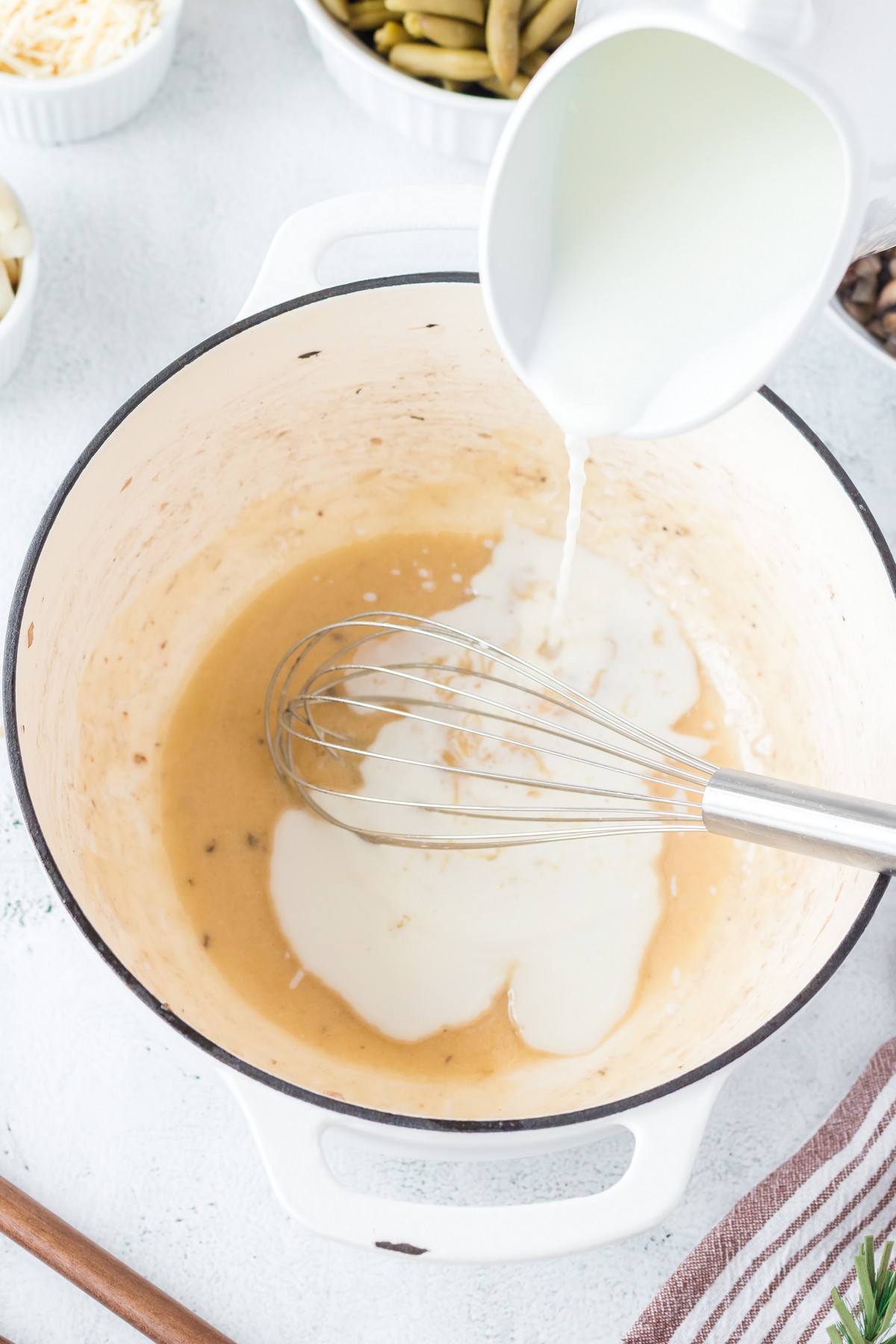
Roux FAQ
Can I use gluten-free flour to make roux?
Yes, gluten-free flour can be used to make roux, though it may require slightly different cooking times and techniques to achieve the desired consistency.
How long can I store roux in the freezer?
Roux can be stored in the freezer for up to 6 months, though it’s best used within 3 months for optimal flavor and texture.
Can I make roux in advance and store it?
Yes, you can make roux in advance and store it in the refrigerator for up to a week, or freeze it for longer storage.
How do you know when a roux is done?
Aside from the cooking time listed if you are following a specific recipe, color is the primary indicator when your roux is ready.
A white roux will only take a couple of minutes to cook, and will be very light in color. A medium roux will typically take 10-15 minutes to cook and will reach a color almost of peanut butter. Dark roux will take up to half an hour to cook, and will reach the color of milk or dark chocolate, depending on how dark your recipe calls for.
Roux will also begin to develop a rich, nutty aroma as it reaches the medium coloration, which will grow stronger as it darkens.


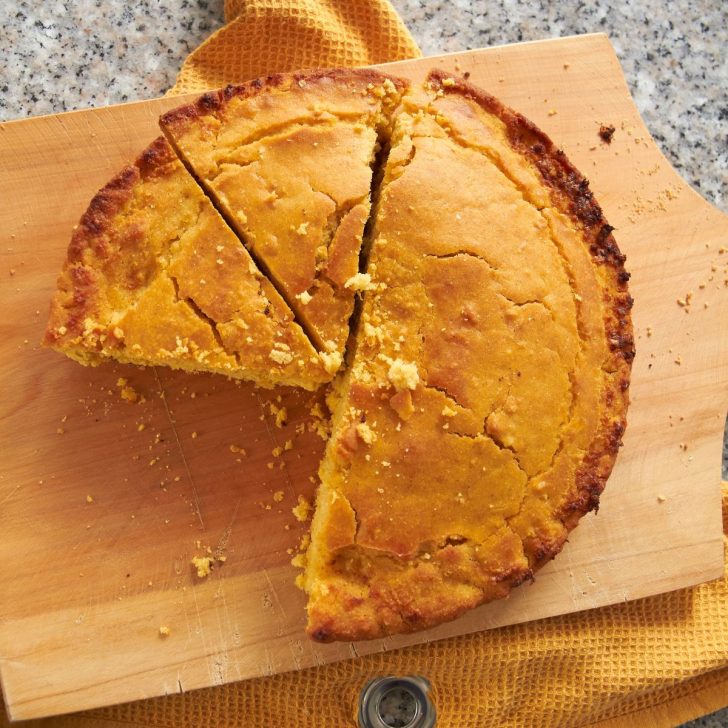
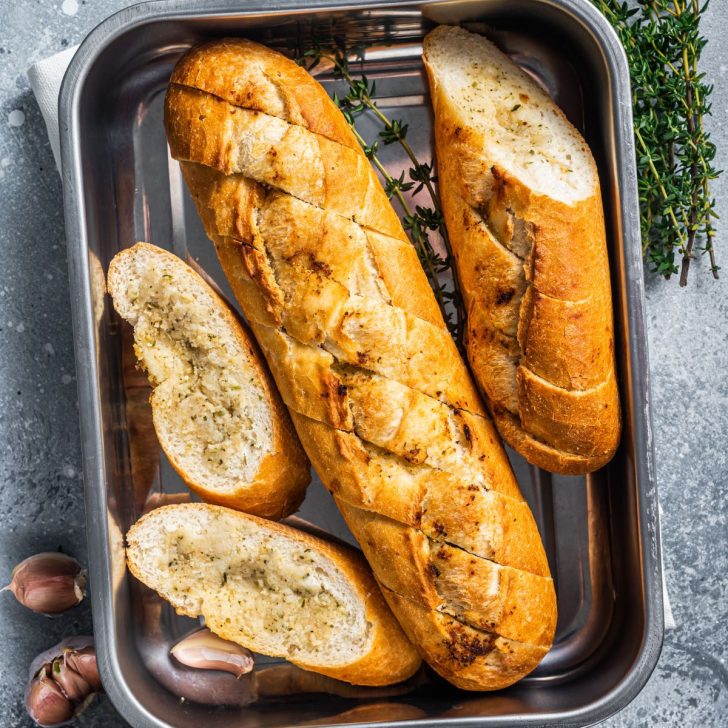
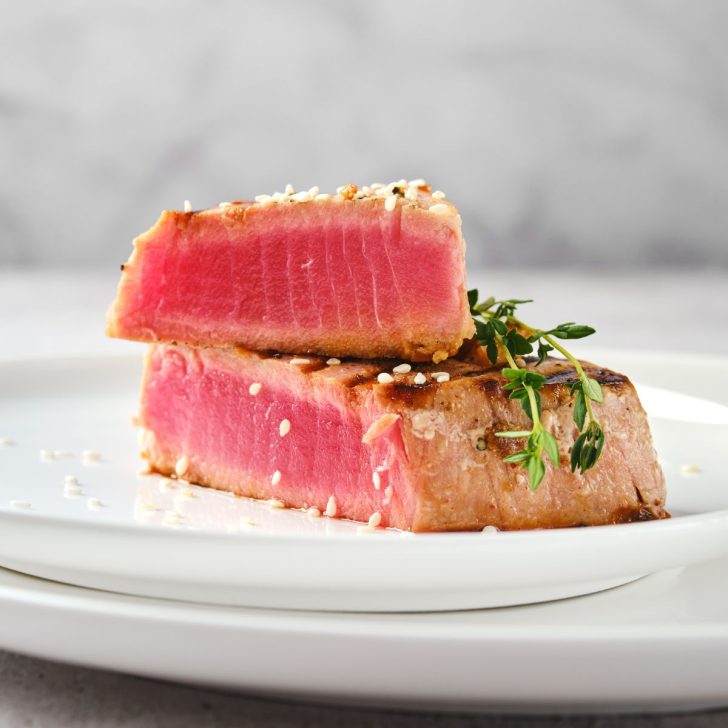

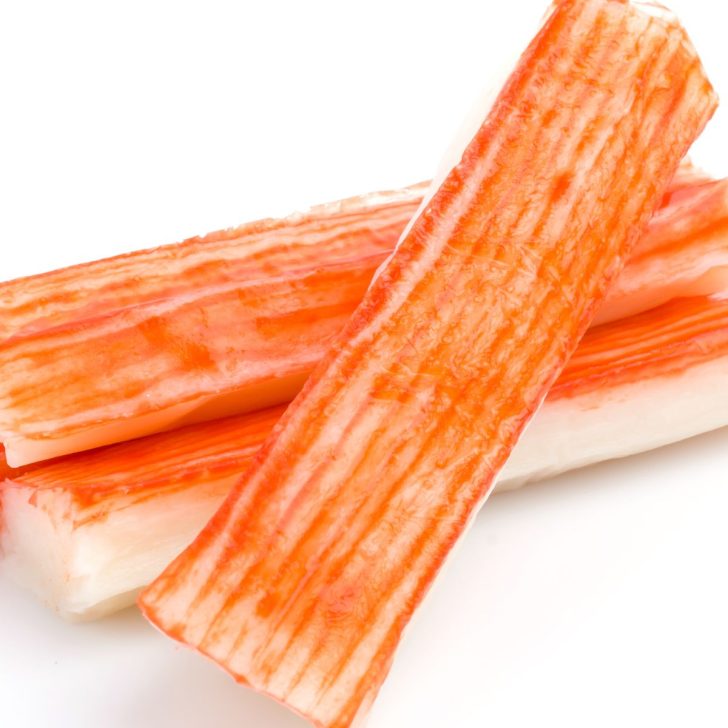
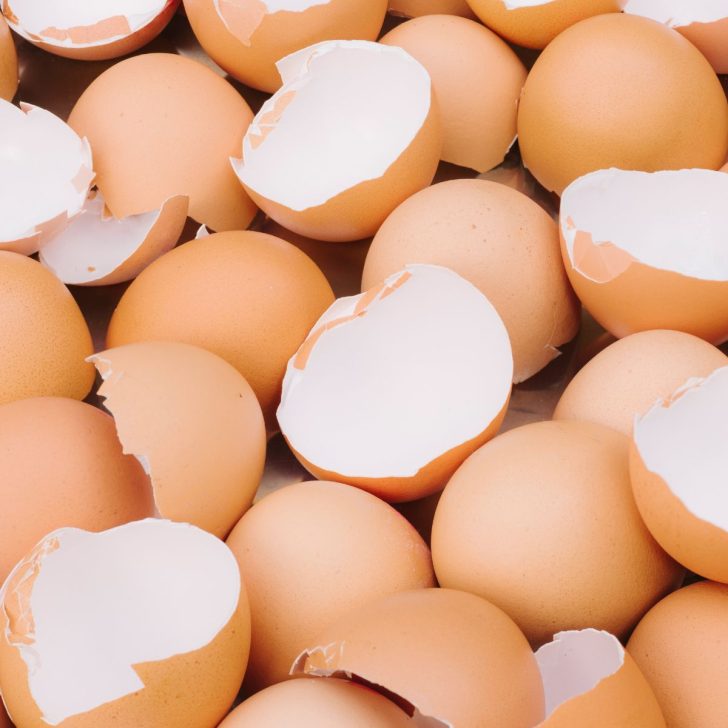
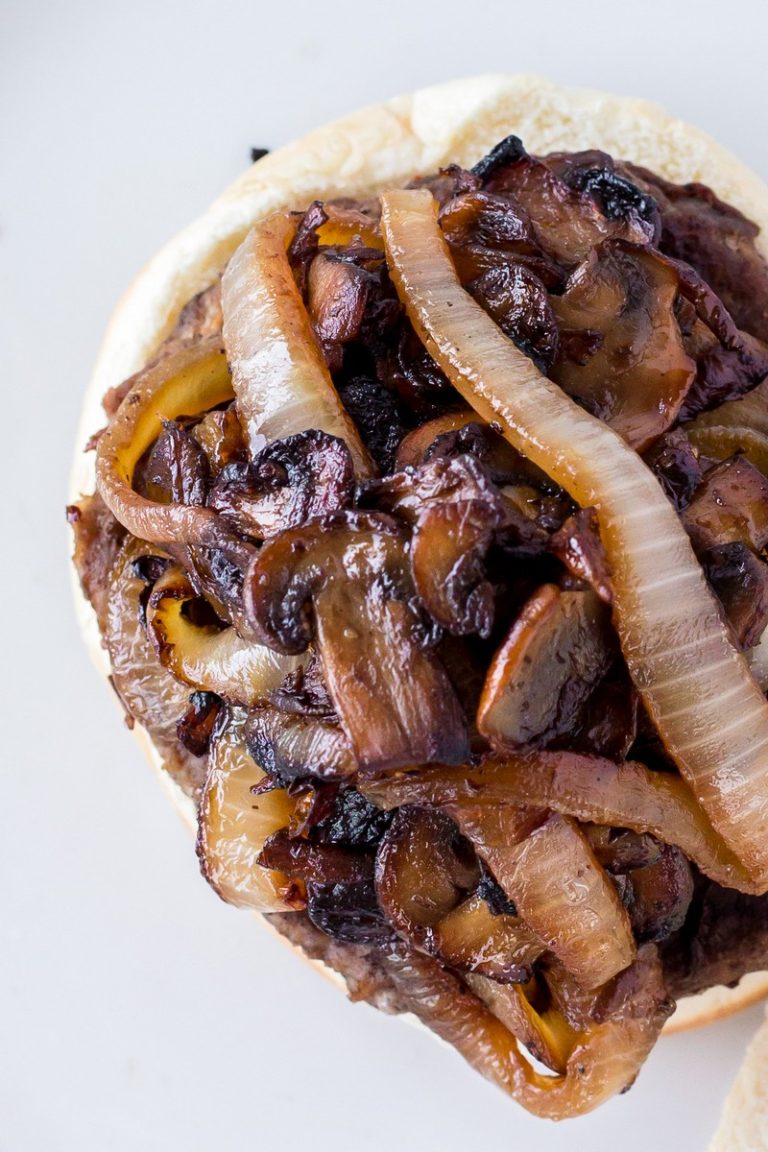
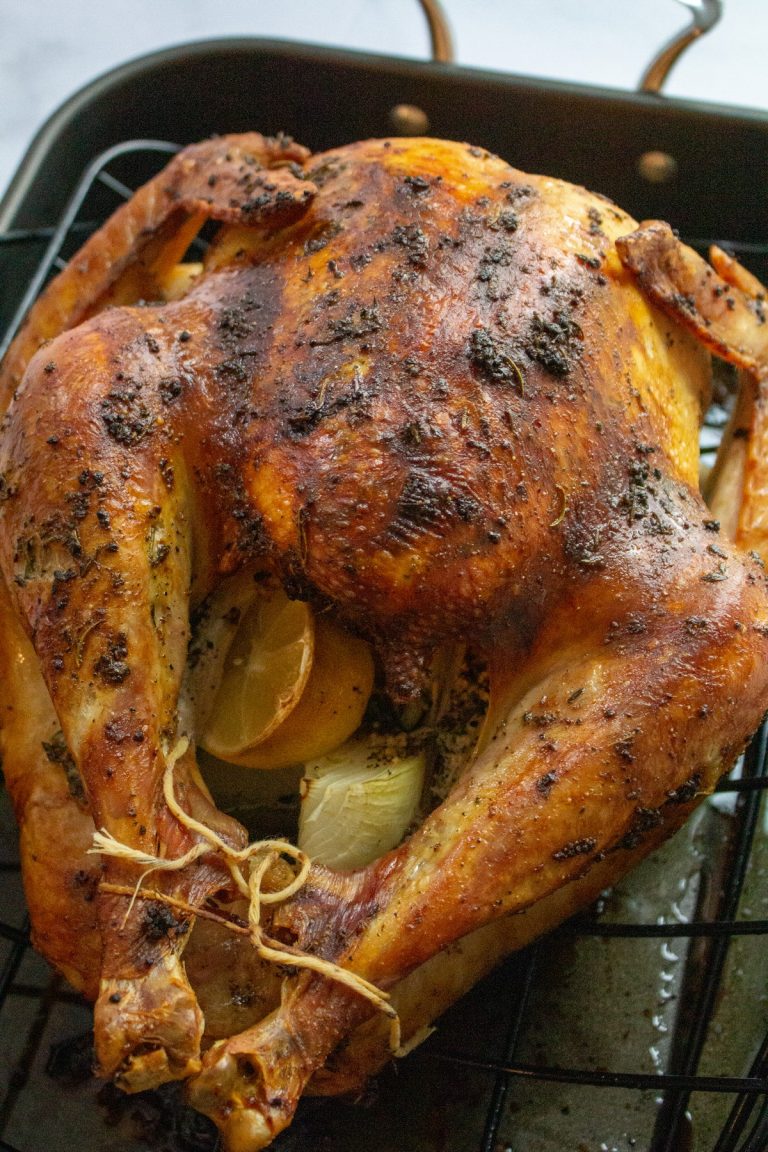
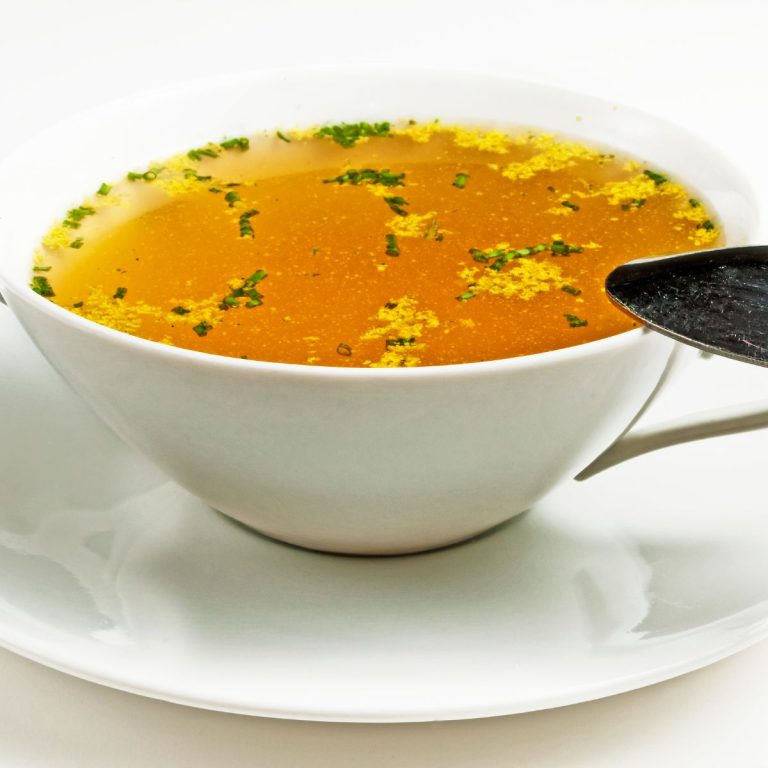
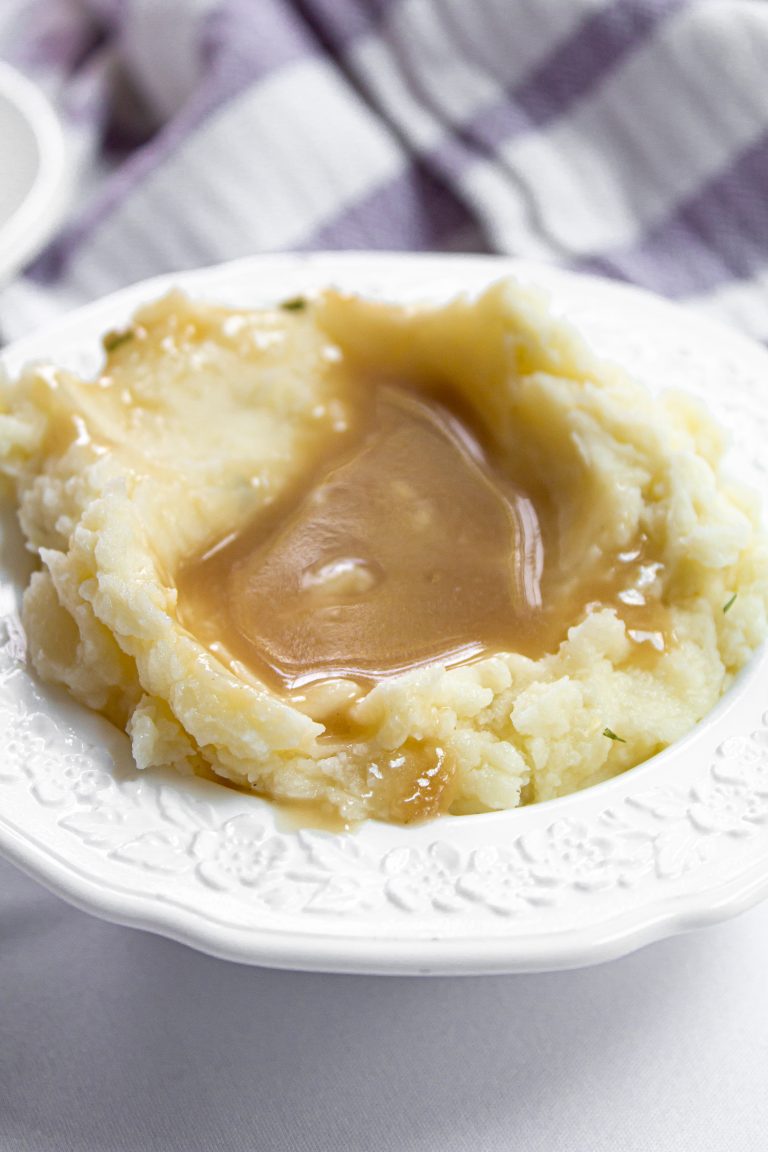
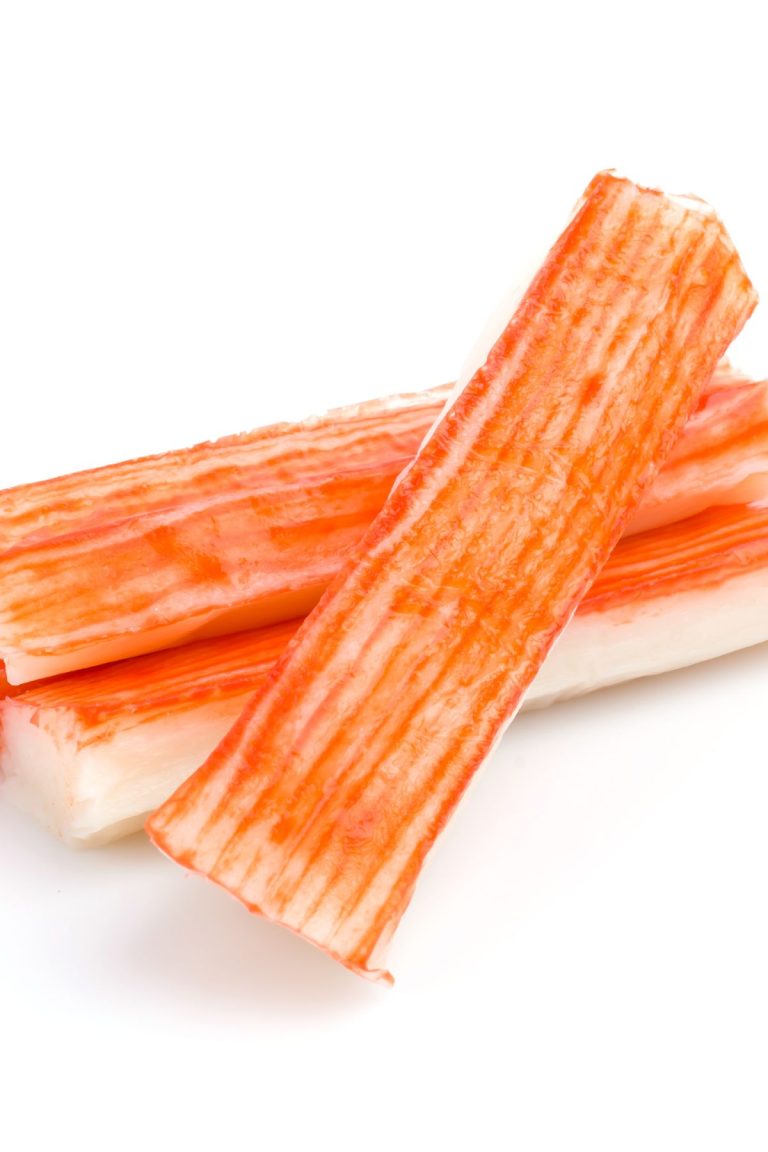
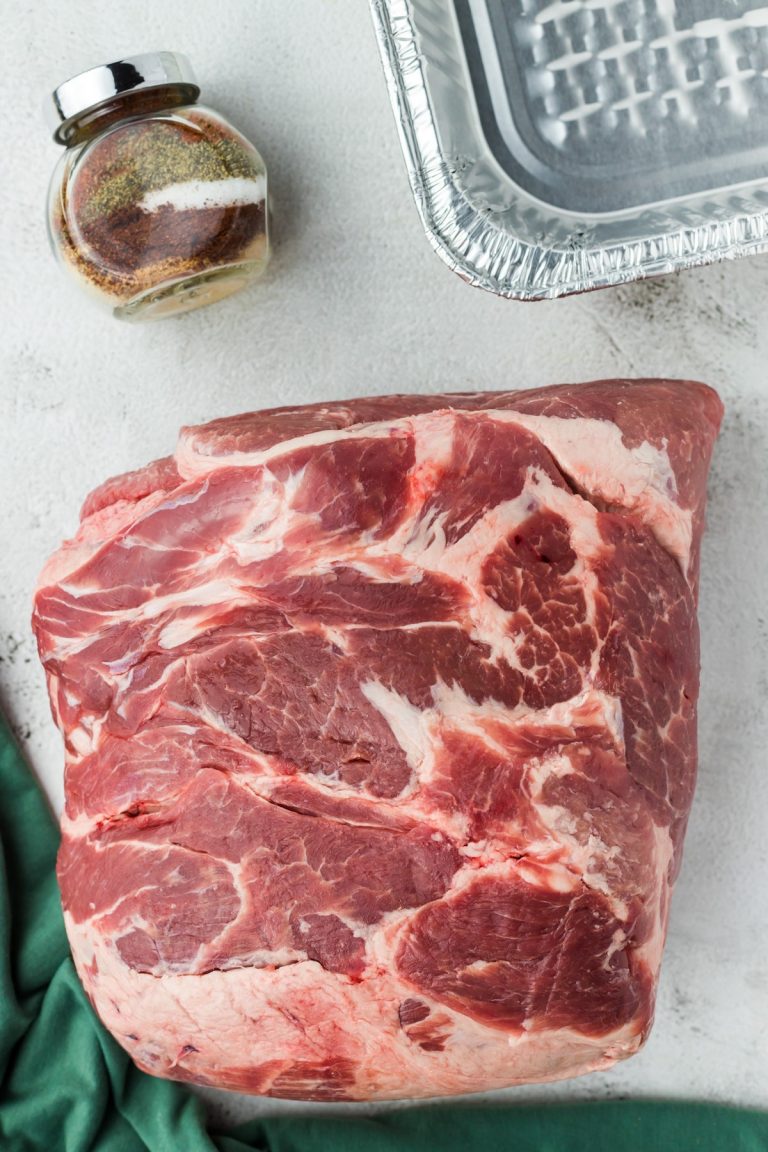
3 Comments